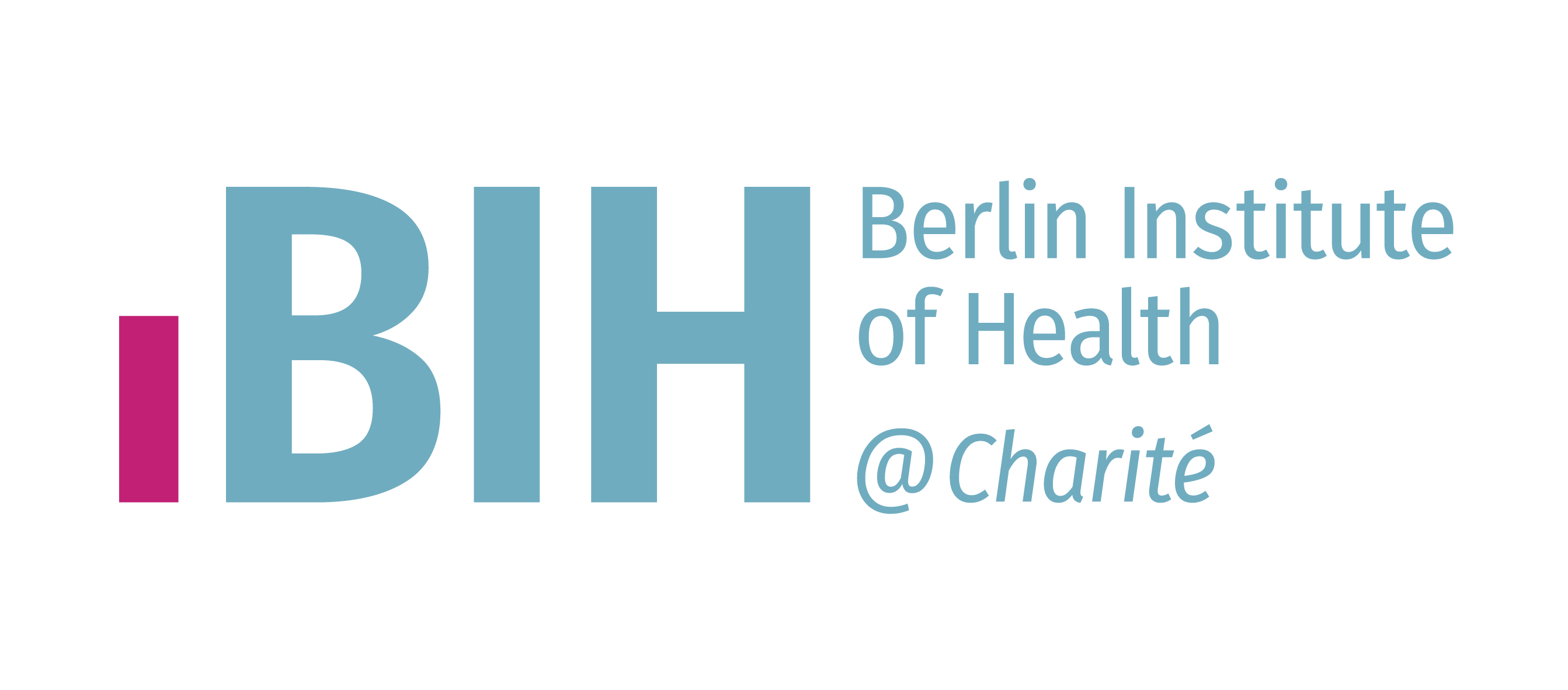
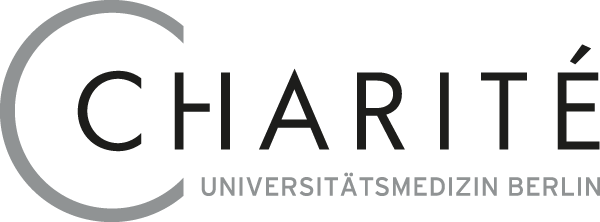
The Medical Omics lab aims to improve healthcare and basic research by providing artificial intelligence-driven tools for the analysis of large biomedical datasets. For comprehensive insights in disease entities, we aim to include multiple layers of data, such as single-cell RNA sequencing, methylomics data and medical imaging. In close collaborations with clinicians at the Charité, we develop clinical decision support systems for cancer treatment as well as solutions for routine clinical tasks such as automated annotation of radiological images.
In contrast to traditional bulk sequencing methods for genomics, single-cell sequencing gives insights into the workings of a tissue at unprecedented resolution. However, this mass of oftentimes exceedingly noisy and sparse data can be overwhelming when approached with traditional approaches. We have developed a deep-learning-based tool that helps identify functionally related gene sets in single-cell data as well as the cell types and conditions they are related to, allowing researches to more quickly grasp the processes shaping the tissue they are investigating.
During the COVID-19 pandemic, we worked together with other groups at Hidih, Charité, the University Hospital Leipzig and the DKFZ to deliver some of the first single-cell reference atlases of airways of healthy as well as SARS-CoV-2-positive individuals freely available to the research community, and further used these techniques successfully to demonstrate why some groups of patients are at higher risk of severe COVID-19, while children generally present with less severe disease courses. Beyond scientific curiosity, these projects helped jump-start a phase II clinical trial of a potential drug for the treatment of severe COVID-19.
Beyond these two focus areas, we have been involved in a number of different single-cell projects, ranging from spermatogenesis to cardiac arrhythmias, as well as in bioinformatics methods development to support novel techniques for the study of individual cells’ transcriptomes.
To plan surgery and radiation therapy, the precise location of organs at risk (OARs) and the gross tumor volume (GTV) needs to be determined from 3D MRI or CT scans. Manually annotating these three-dimensional scans is a time-consuming and tedious task. We provide deep neural networks that can accurately segment OARs and GTVs in a matter of seconds, while achieving a performance comparable to human specialist level.
Moreover, we aim to predict the patient survival time with the goal of forecasting the benefit for a patient of receiving a specific radiotherapy regimen while minimizing dose and maximizing efficacy. To ensure the robustness and interpretability of these predictions, we use multiple data sources like radiological features, radiotherapy data, and clinical metadata.
DNA Methylation plays a large role in glioblastoma biology, for example through modulation of the levels of DNA repair enzymes that render a tumor resistant to radiotherapy. Different classes of glioblastomas can be distinguished by their methylation pattern, with relevance for prognosis and treatment. In recent years, shallow nanopore-based DNA sequencing has improved to a level where it can be used to get a reliable, but exceedingly sparse image of DNA methylation within a sample. To bring this technique to the clinics, we work on developing and improving machine learning methods that are equipped to deal with this extreme sparsity and can reliably distinguish different classes of glioblastoma.
Ultimately, we aim to integrate the results of the different subprojects on glioblastoma, creating a unified framework for diagnosis and management of glioblastoma based on a multitude of data modalities.
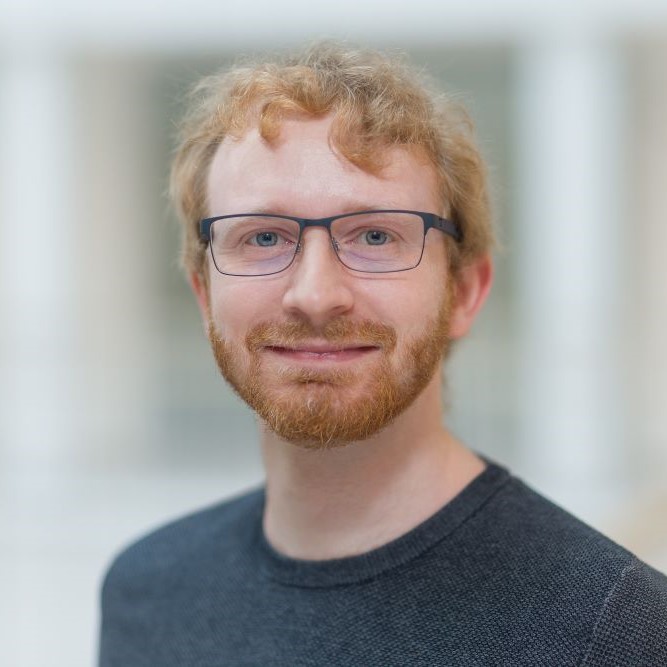
Sören Lukassen studied Molecular Medicine and received a PhD in human genetics from the FAU Erlangen-Nürnberg, where he specialized in (single-cell) sequenzing data analysis and deep learning. He joined Christian Conrads lab in Heidelberg in 2018 and moved to Berlin the same year. Since 2021, he leads the junior research group Medical Omics, which focuses on integrating data from multiple sources for diagnosis and treatment of diseases.
Dr. Sören Lukassen
Group leader Medical Omics
Loske J.*, Röhmel J.*, Lukassen S.*, Stricker S., Magalhães V., Liebig J., Chua R., Thürmann L., Messingschlager M., Seegebarth A., Timmermann B., Klages S., Ralser M., Sawitzki B., Sander L., Corman V., Conrad C., Laudi S., Binder M., Trump S., Eils R., Mall M.A., Lehmann I. (2021). Pre-activated anti-viral innate immunity in the upper airways controls early SARS-CoV-2 infection in children. Nature Biotechnology doi: 10.1038/s41587-021-01037-9
Trump S.*, Lukassen S.*, Anker M.S.*, Chua R.L.*, Liebig J.*, Thürmann L.*, Corman V.M.*, Binder M., Loske J., Klasa C., Krieger T., Hennig B.P., Messingschlager M., Pott F., Kazmierski J., Twardziok S., Albrecht J.P., Eils J., Hadzibegovic S., Lena A., Heidecker B., Bürgel T., Steinfeldt J., Goffinet C., Kurth F., Witzenrath M., Volker M.T., Muller S.D., Liebert U.G., Ishaque N., Kaderali L., Sander L.E., Drosten C., Laudi S., Eils R., Conrad C., Landmesser U., Lehmann I. (2021) Hypertension delays viral clearance and exacerbates airway hyperinflammation in patients with COVID-19. Nature Biotechnology doi: 10.1038/s41587-020-00796-1
Chua, R.L.*, Lukassen, S.*,Trump, S.*, Hennig, B.P.*, Wendisch, D.*, Pott, F., Debnath, O., Thürmann, L., Kurth, F., Völker, M.T., Kazmierski, J., Timmermann, B., Twardziok, S., Schneider, S., Machleidt, F., Müller-Redetzky, H., Maier, M., Krannich, A., Schmidt, S., Balzer, F., Liebig, J., Loske, J., Suttorp, N., Eils, J., Ishaque, N., Liebert, U.G., von Kalle, C., Hocke, A., Witzenrath, M., Goffinet, C., Drosten, C., Laudi, S.§,Lehmann, I., Conrad, C., Sander, L.-E. & Eils, R. (2020). COVID-19 severity correlates with airway epithelium-immune cell interactions identified by single-cell analysis. Nature Biotechnology doi: 10.1038/s41587-020-0602-4
Lukassen, S.*, Chua, R. L.*, Trefzer, T.*, Kahn, N.C.*, Schneider, M.A.*, Muley, T., Winter, H., Meister, M., Veith, C., Boots, A.W., Hennig, B.P., Kreuter, M., Conrad, C., & Eils, R. (2020). SARS-CoV-2 receptor ACE2 and TMPRSS2 are primarily expressed in bronchial transient secretory cells. EMBO Journal doi: 10.15252/embj.20105114
Lukassen S.*, Ten F.W.*, Adam L., Eils R., Conrad C. (2020). Gene set inference from single-cell sequencing data using a hybrid of matrix factorization and variational autoencoders. Nature Machine Intelligence doi: 10.1038/s42256-020-00269-9
*These authors contributed equally
The headline and subheader tells us what you're offering, and the form header closes the deal. Over here you can explain why your offer is so great it's worth filling out a form for.
Remember:
Feature Title
Lorem ipsum dolor sit amet
Consectetur adipiscing elit
Integer ornare lectus ut arcu
Tincidunt porttitor
Feature Title
Lorem ipsum dolor sit amet
Consectetur adipiscing elit
Integer ornare lectus ut arcu
Tincidunt porttitor
Feature Title
Lorem ipsum dolor sit amet
Consectetur adipiscing elit
Integer ornare lectus ut arcu
Tincidunt porttitor
Feature Title
Lorem ipsum dolor sit amet
Consectetur adipiscing elit
Integer ornare lectus ut arcu
Tincidunt porttitor
Feature Title
Lorem ipsum dolor sit amet
Consectetur adipiscing elit
Integer ornare lectus ut arcu
Tincidunt porttitor
Feature Title
Lorem ipsum dolor sit amet
Consectetur adipiscing elit
Integer ornare lectus ut arcu
Tincidunt porttitor
Feature Title
Lorem ipsum dolor sit amet
Consectetur adipiscing elit
Integer ornare lectus ut arcu
Tincidunt porttitor
Feature Title
Lorem ipsum dolor sit amet
Consectetur adipiscing elit
Integer ornare lectus ut arcu
Tincidunt porttitor
Feature Title
Lorem ipsum dolor sit amet
Consectetur adipiscing elit
Integer ornare lectus ut arcu
Tincidunt porttitor
Feature Title
Lorem ipsum dolor sit amet
Consectetur adipiscing elit
Integer ornare lectus ut arcu
Tincidunt porttitor
Feature Title
Lorem ipsum dolor sit amet
Consectetur adipiscing elit
Integer ornare lectus ut arcu
Tincidunt porttitor
Feature Title
Lorem ipsum dolor sit amet
Consectetur adipiscing elit
Integer ornare lectus ut arcu
Tincidunt porttitor
Feature Title
Lorem ipsum dolor sit amet
Consectetur adipiscing elit
Integer ornare lectus ut arcu
Tincidunt porttitor
Feature Title
Lorem ipsum dolor sit amet
Consectetur adipiscing elit
Integer ornare lectus ut arcu
Tincidunt porttitor
Feature Title
Lorem ipsum dolor sit amet
Consectetur adipiscing elit
Integer ornare lectus ut arcu
Tincidunt porttitor
Feature Title
Lorem ipsum dolor sit amet
Consectetur adipiscing elit
Integer ornare lectus ut arcu
Tincidunt porttitor
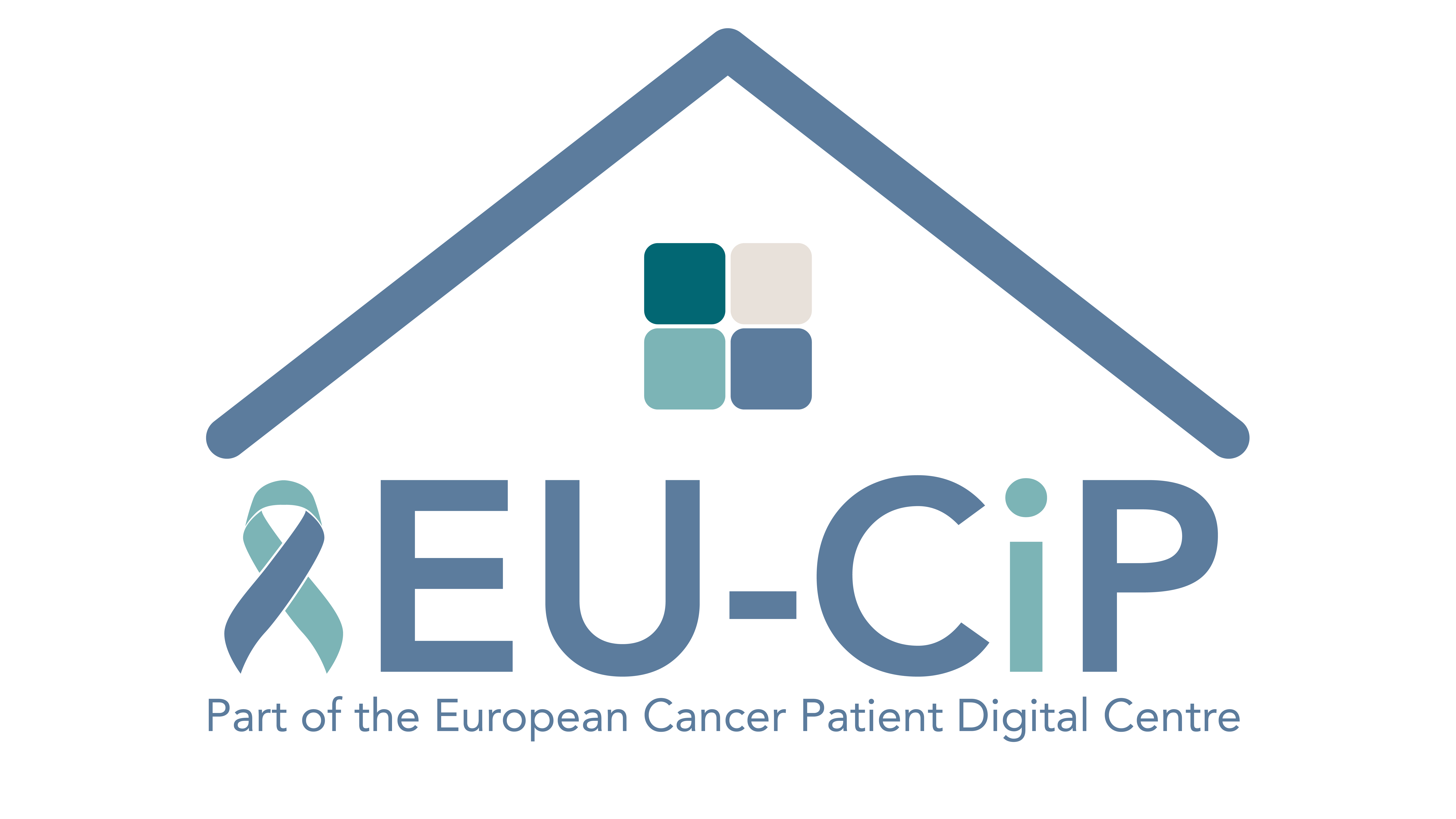
The Berlin Institute of Health at Charité (BIH) coordinates the pan-European research initiative "EU-CiP" (European Cancer Information Portal). Supported by 12 million euros from the EU’s Horizon
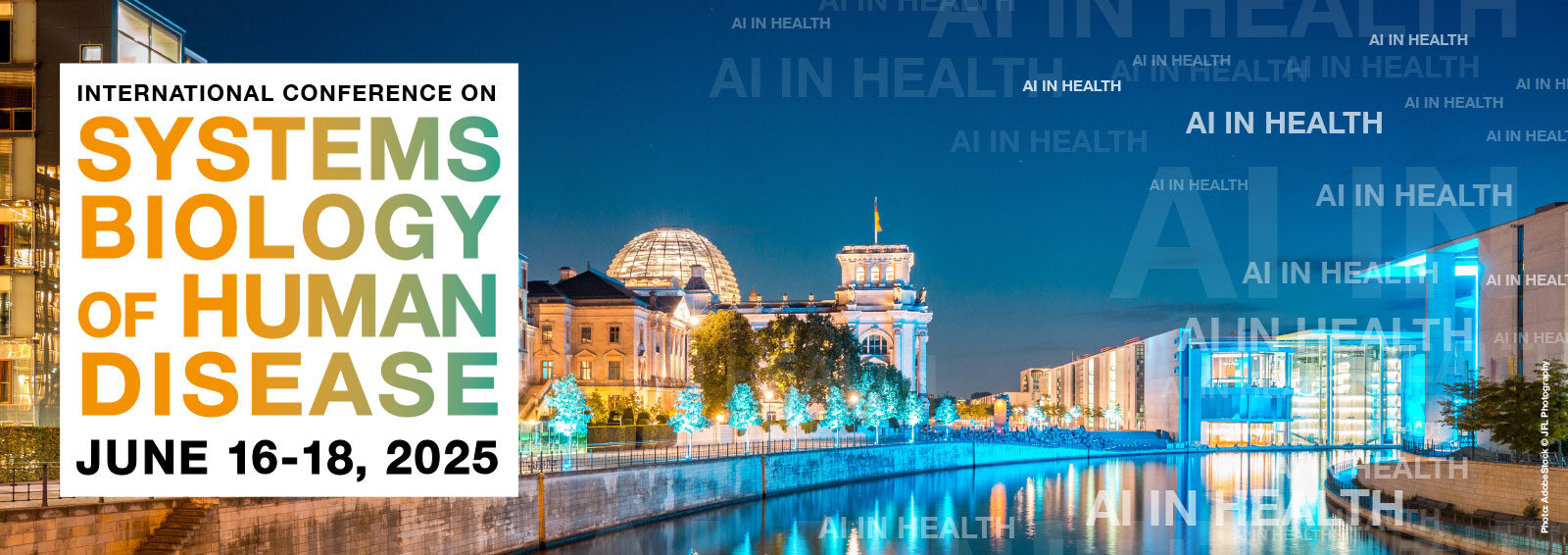
The Digital Health Center once again organises the INTERNATIONAL CONFERENCE ON SYSTEMS BIOLOGY OF HUMAN DISEASE – SBHD 2025 in Berlin from June 16-18. Don’t miss this opportunity to participate in a
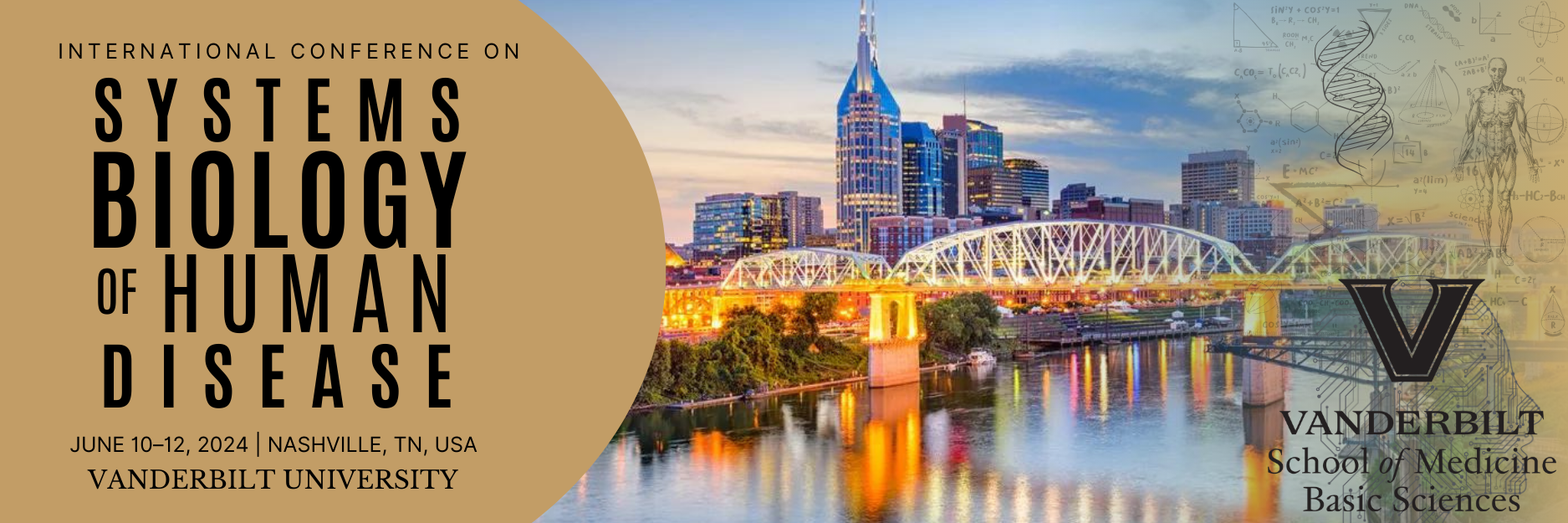
Our colleagues at Vanderbilt University organise the 16th INTERNATIONAL CONFERENCE ON SYSTEMS BIOLOGY OF HUMAN DISEASE – SBHD 2024 this year from June 10-12. Don’t miss the opportunity to participate
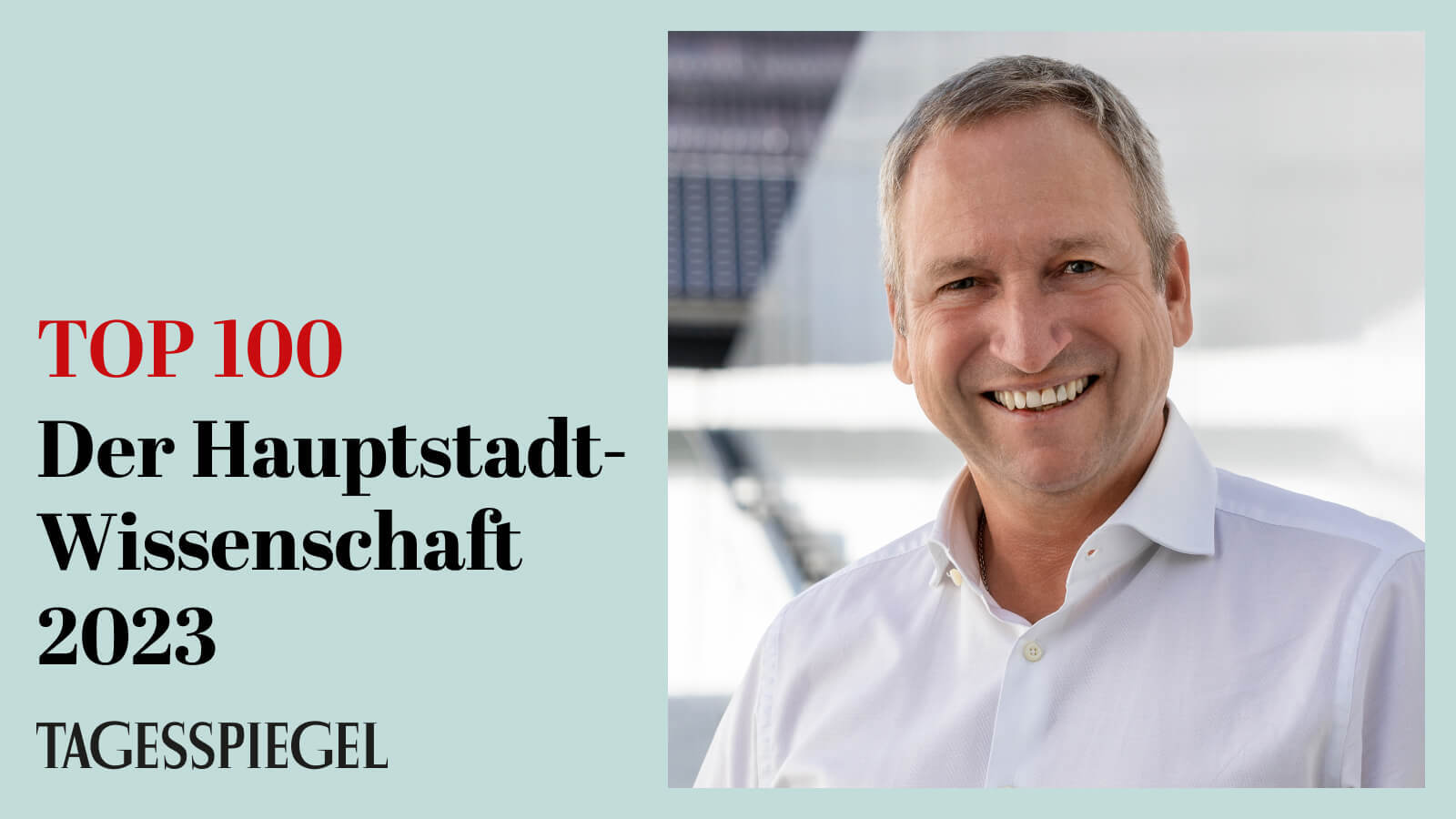
Am 11.10.2023 wurde Prof. Roland Eils im Tagesspiegel als einer der 100 wichtigsten Köpfe der Hauptstadt-Wissenschaft gewürdigt. So schreibt der Tagesspiegel: "Um Big Data dreht sich alles in der
The Hub for Innovations in Digital Health (HiDiH) brings together two independent sites of excellent research and development in Berlin and in Heidelberg. HIDIH’s major branch in Berlin is the Center for Digital Health at the Charité and the Berlin Institute of Health (BIH).
If we caught your attention, you are interested in our work and would like to get in touch with us, please contact us via franziska.mueller@bih-charite.de


